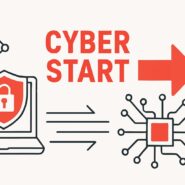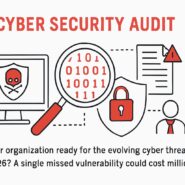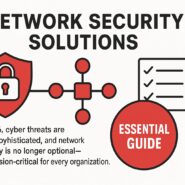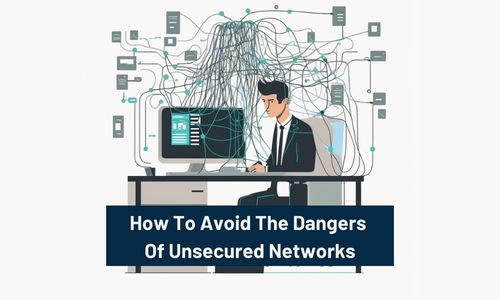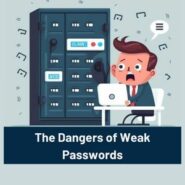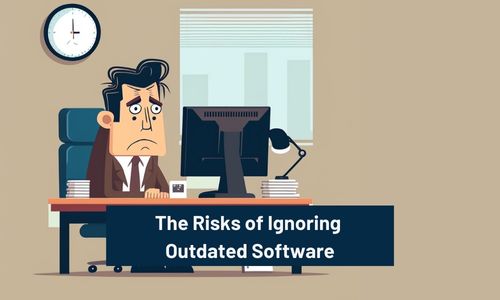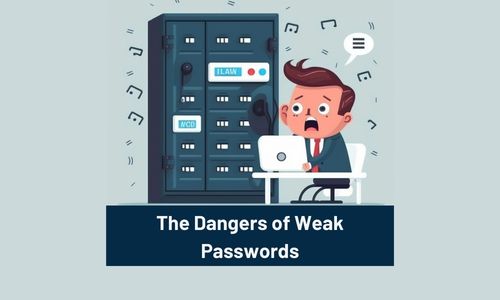
We’ve all been there before. You’re in a public place, trying to get some work done on your laptop. But the Wi-Fi is slow, so you connect to an unsecured network instead. It’s not a big deal, right? Wrong. Connecting to unsecured networks can put your computer—and all the sensitive data stored on it—at risk. Here’s what you need to know about the dangers of using unsecured networks.
What is an unsecured network?
An unsecured network is any public Wi-Fi network that doesn’t require a password. When you connect to one of these networks, you put your computer on the same network as everyone else. That means that if someone on the web is up to no good, they could potentially access your computer and steal sensitive data like passwords, banking information, etc.
What are the risks of connecting to an unsecured network?
When you connect to an unsecured network, you’re opening yourself up to many risks. Here are just a few of the potential dangers:
Man-in-the-middle attacks
This attack occurs when someone intercepts the communication between your computer and the Wi-Fi router. They can then use that information to access sensitive data like passwords and credit card numbers.
Malware
Malicious software, or malware, is designed to harm your computer or steal your data. If you’re connected to an unsecured network, it’s easier for hackers to install malware on your computer without you even knowing it. Once they have access to your system, they can do anything from stealing your passwords to holding your files for ransom.
Eavesdropping
When you connect to an unsecured network, anyone can theoretically listen to your traffic. That means they could see which websites you’re visiting, what kind of data you’re sending and receiving, and more. While this might not seem like a big deal, it can be if you send or obtain sensitive information like login credentials or banking information.
How can I protect myself when using an unsecured network?
Just because connecting to an unsecured network comes with some risks doesn’t mean you should never use one again. There are a few things you can do to help protect yourself:
Avoid accessing sensitive information
Avoid accessing sensitive information like banking websites or email accounts using an unsecured connection. If you need to access this information, use a VPN (Virtual Private Network). A VPN encrypts all the data sent between your computer and the VPN server, making it much harder for hackers to intercept and steal your information.
Install security software
Security software like antivirus and anti-malware can help protect your computer from malicious software and other threats. Ensure your security software is up-to-date before connecting to an unsecured Wi-Fi network.
Use HTTPS whenever possible
Ensure you use HTTPS instead of HTTP when accessing websites. HTTPS encrypts the traffic between your computer and the website you’re visiting, making it much harder for hackers to eavesdrop on your activities. You can usually tell if a website uses HTTPS if there’s a green lock icon next to the URL in your browser’s address bar.
These tips can help protect you from threats when using public Wi-Fi networks. Nothing is 100% secure, so use caution when sharing sensitive information online!
Read more about cybersecurity threats.
Summary
As you can see, plenty of good reasons exist to avoid using unsecured networks whenever possible. If you must use one, take steps to protect yourself, such as only accessing encrypted sites and being careful about what files you download. And if you’re ever in doubt, err on the side of caution and disconnect from the network until you can verify it’s safe.
More about Cybersecurity on my website.
FAQ
Are public Wi-Fi networks safe to use?
Public Wi-Fi networks can be safe, depending on how you use them. If you take the necessary precautions, you can minimize the risks of using public Wi-Fi networks.
What are the risks of using public Wi-Fi networks?
The risks of using public Wi-Fi networks include hackers being able to access your personal information, such as login credentials and financial information. Unsecured networks can also distribute malware and viruses to your device.
How can I protect my personal information when using public Wi-Fi networks?
While using public Wi-Fi networks, you can protect your personal information by avoiding accessing sensitive information, such as financial or personal accounts. If you must access sensitive information, ensure the website is encrypted and secure. Look for a lock symbol or https in the address bar to the left of the website address. You can also use a virtual private network (VPN) to encrypt your internet connection and protect your personal information.
What are some best practices for using public Wi-Fi networks?
Avoid accessing sensitive information
Use encrypted and secure websites
Use a VPN to encrypt your internet connection
Turn off file sharing
Keep your device’s software up to date
Use two-factor authentication for your accounts
Can I get hacked using public Wi-Fi?
Yes, you can get hacked using public Wi-Fi. Cybercriminals can use a combination of technical know-how and free tools to access your personal information. However, taking the necessary precautions can minimize the risks of using public Wi-Fi networks.
